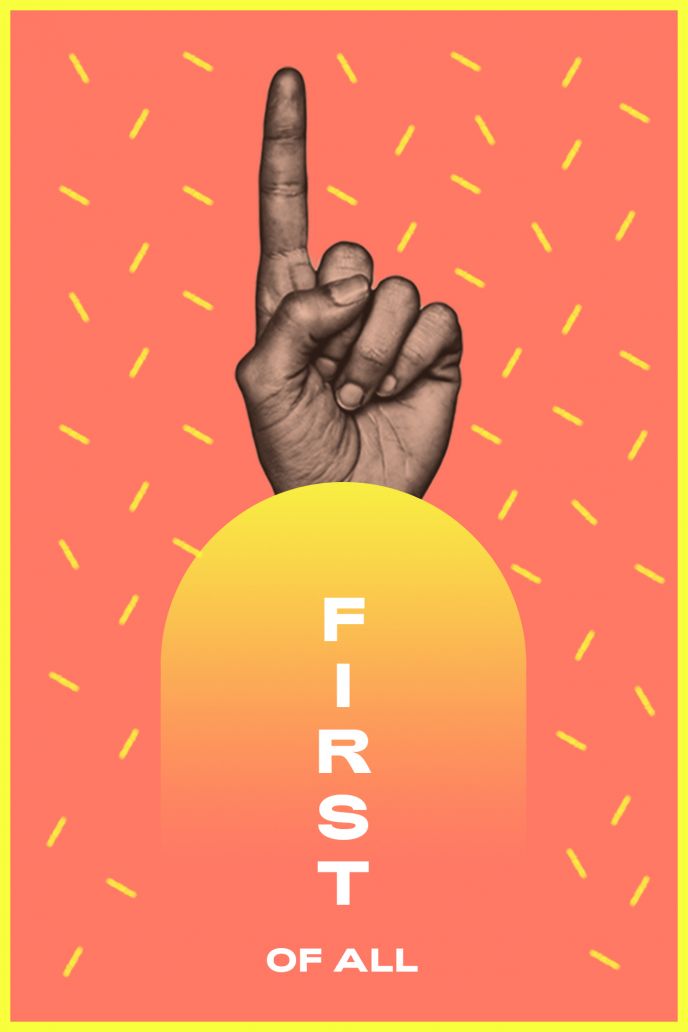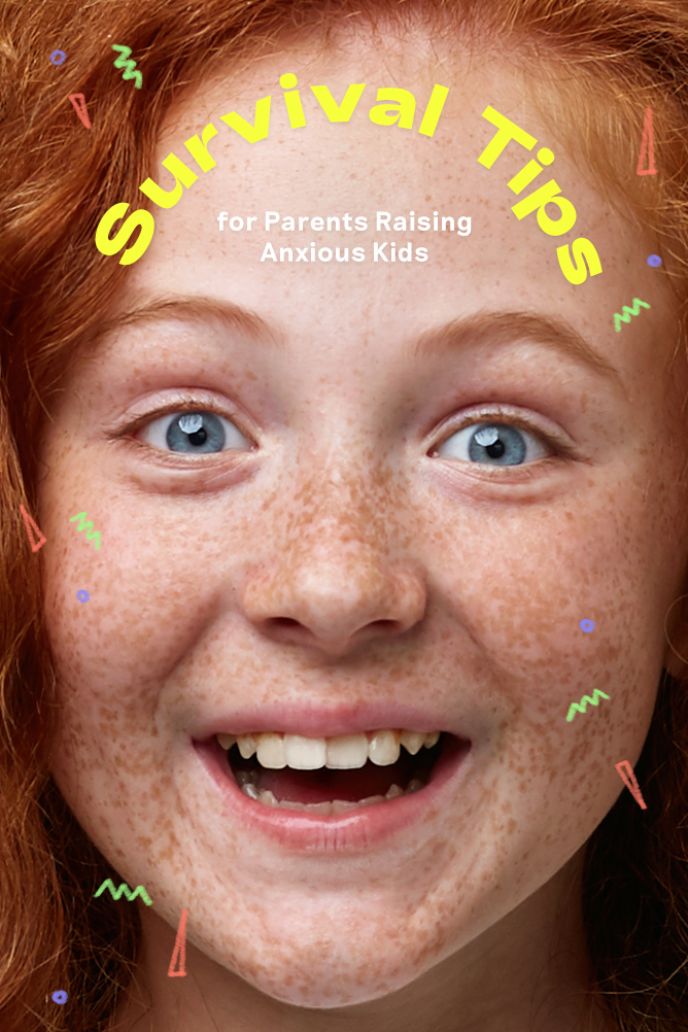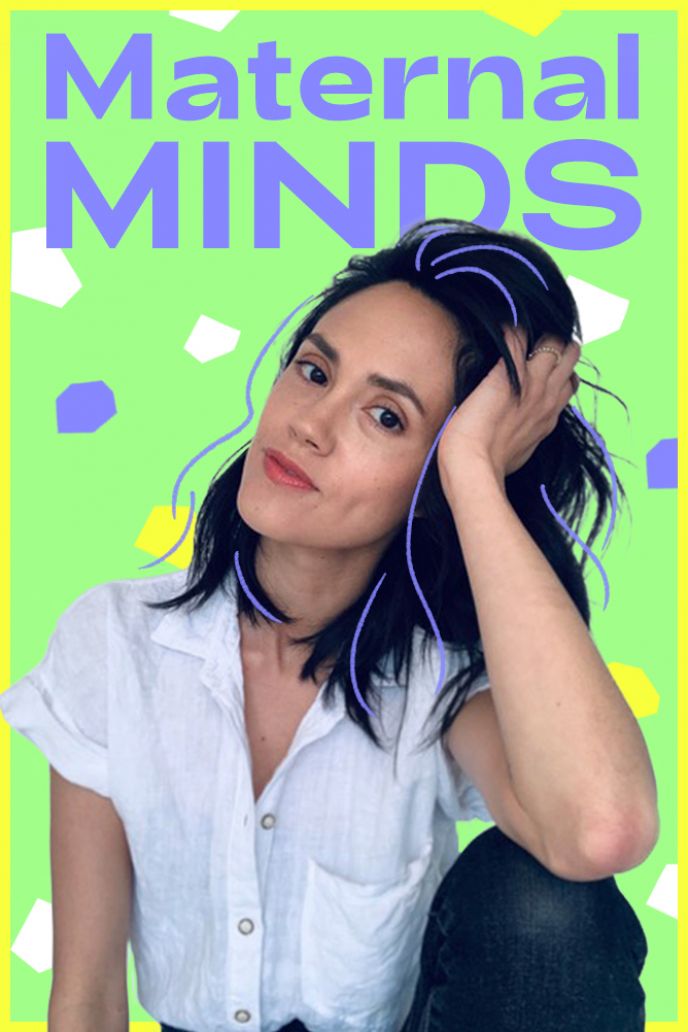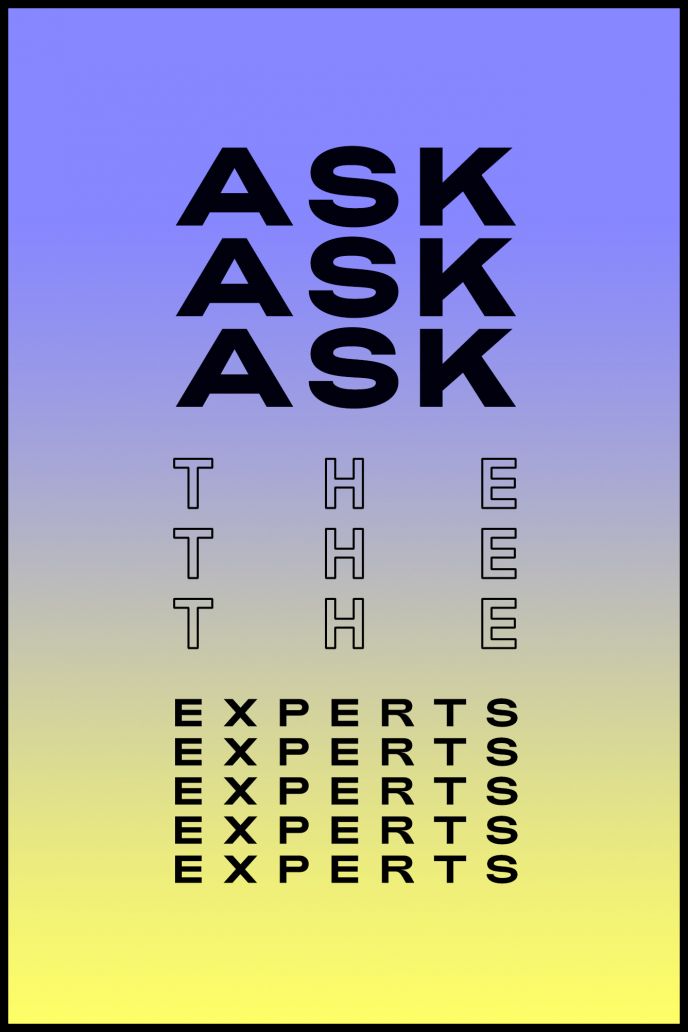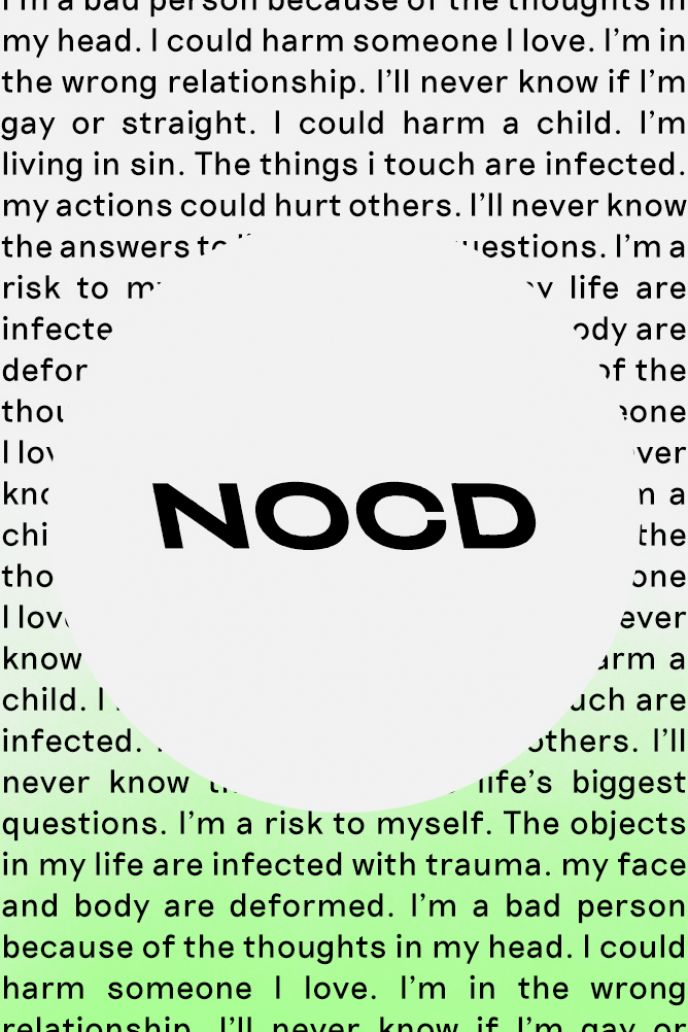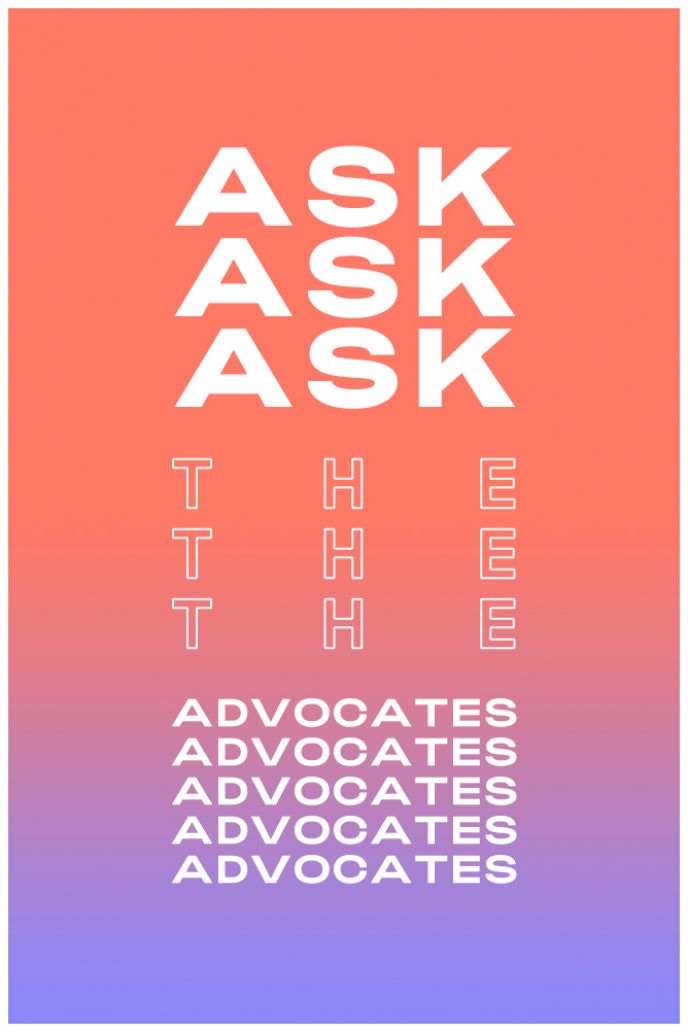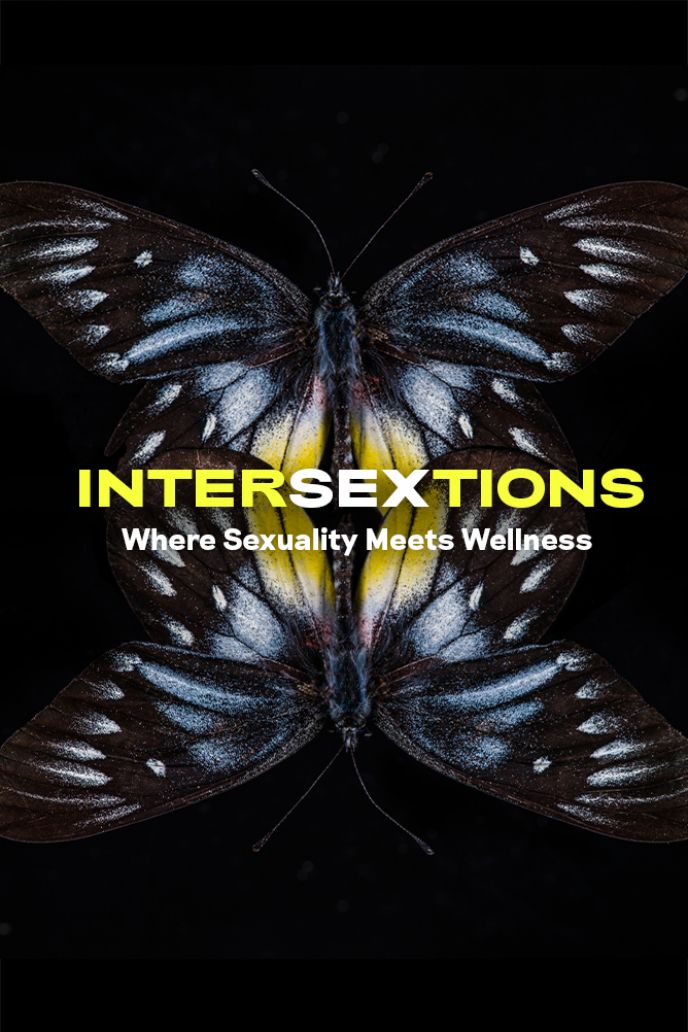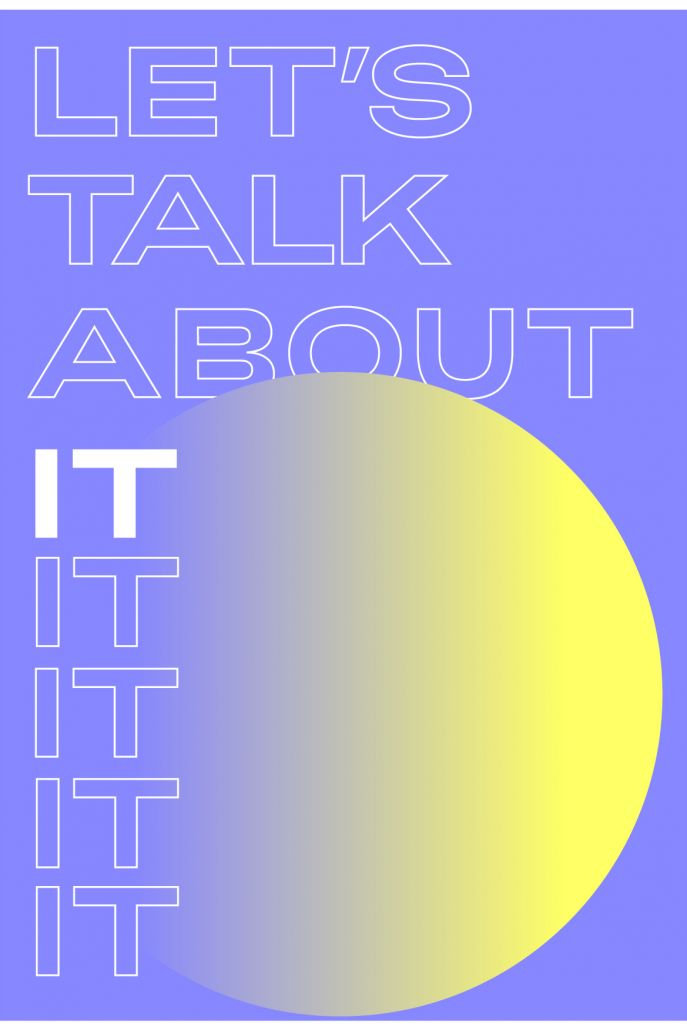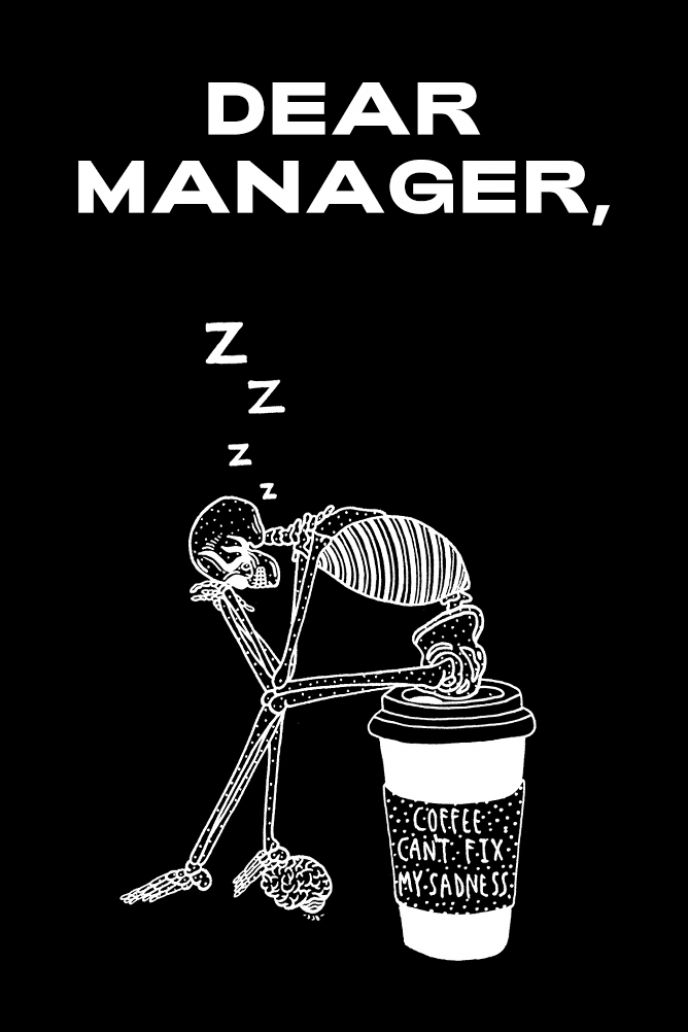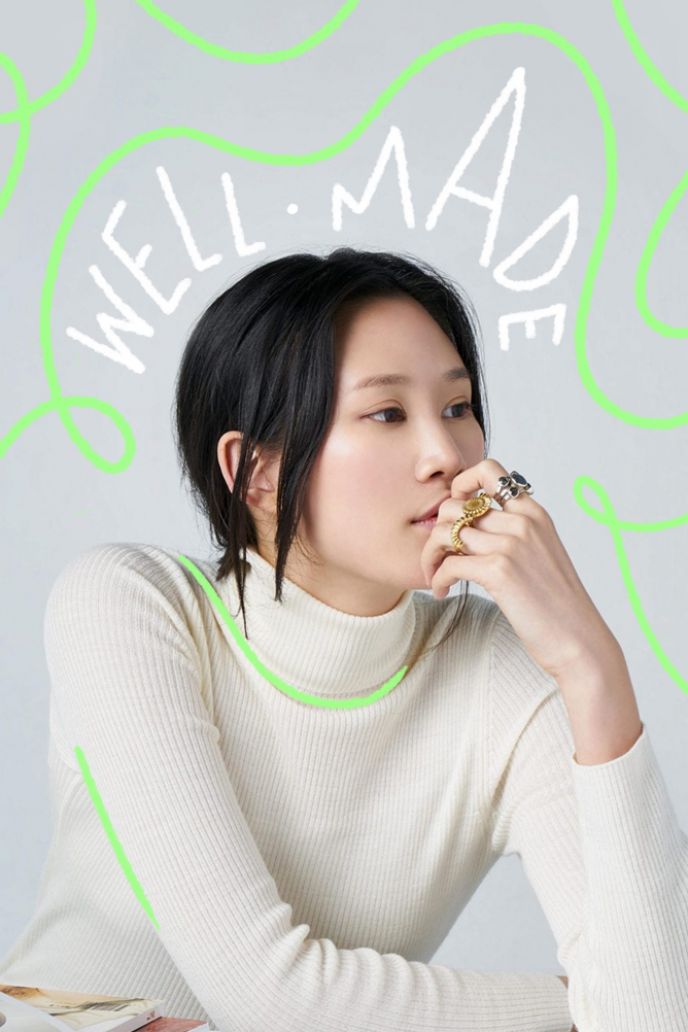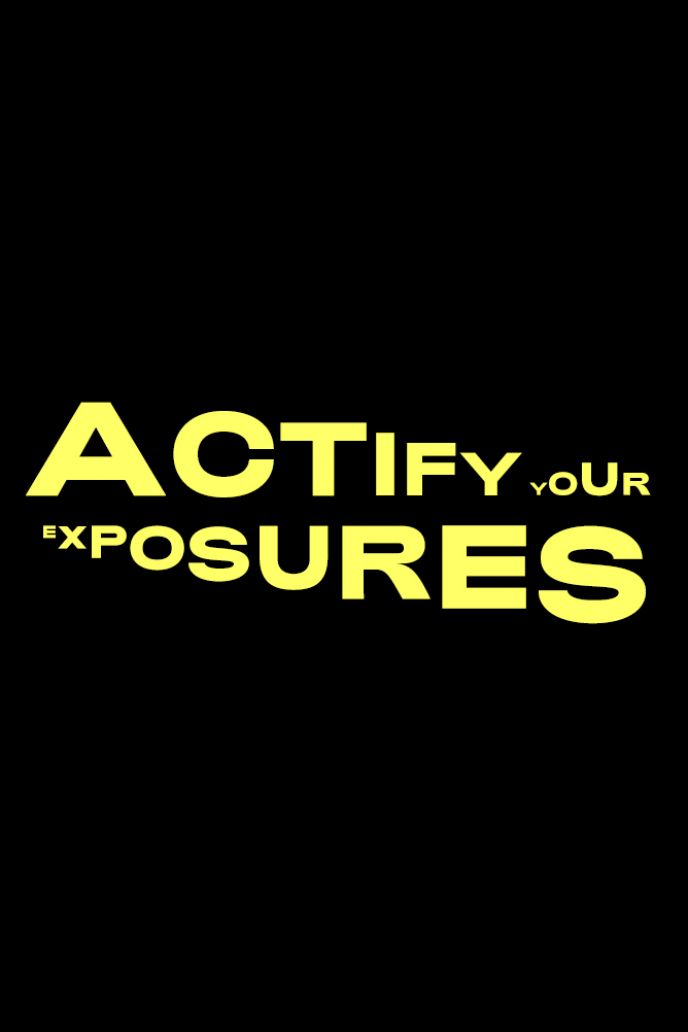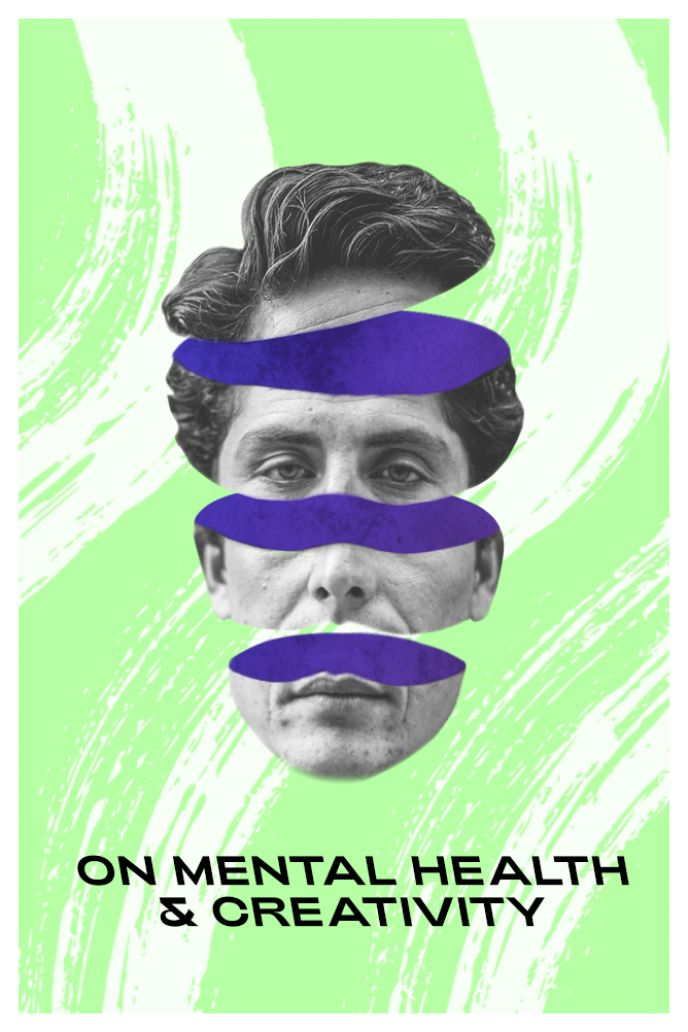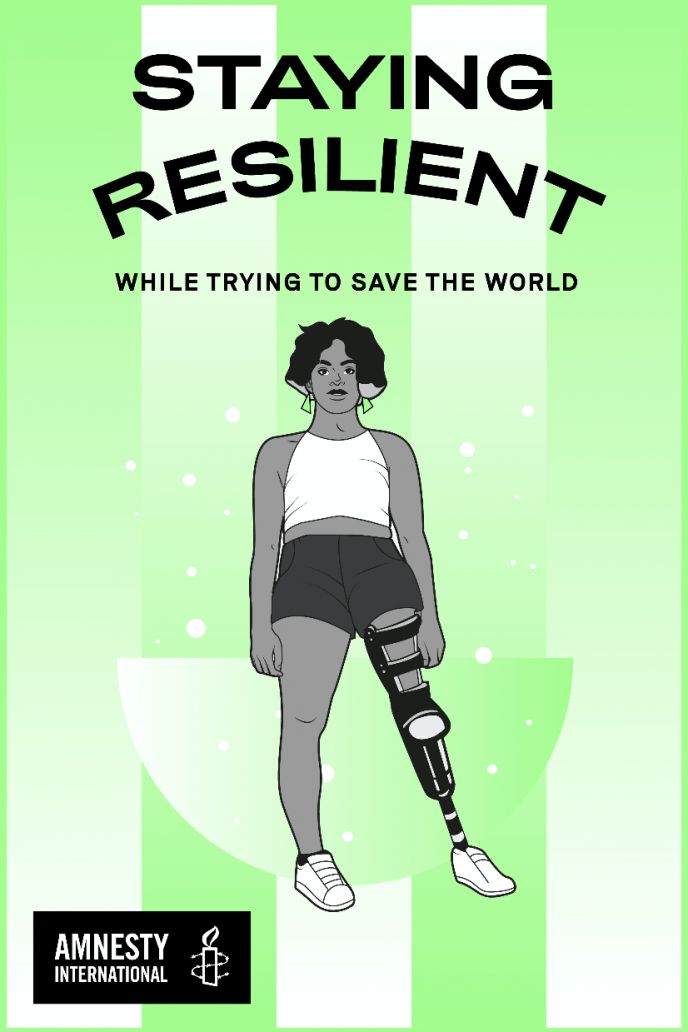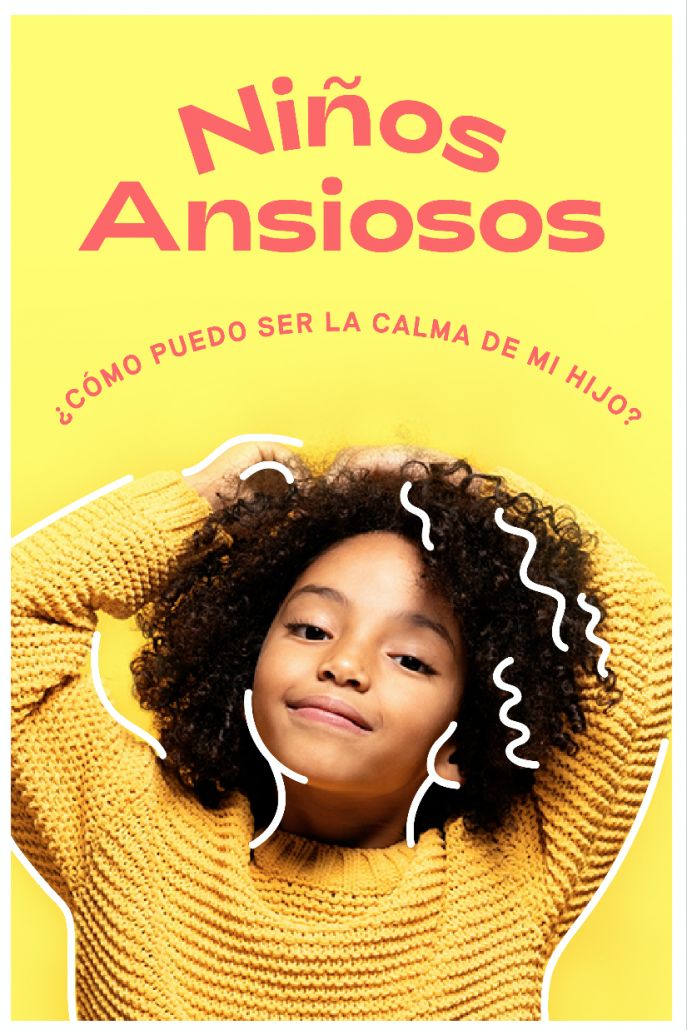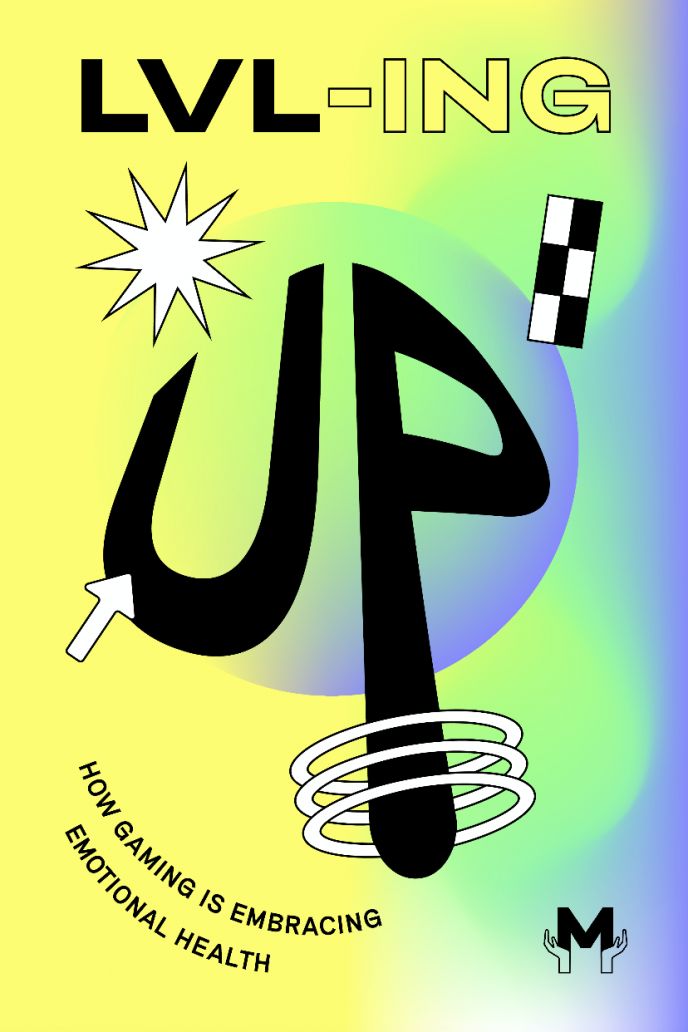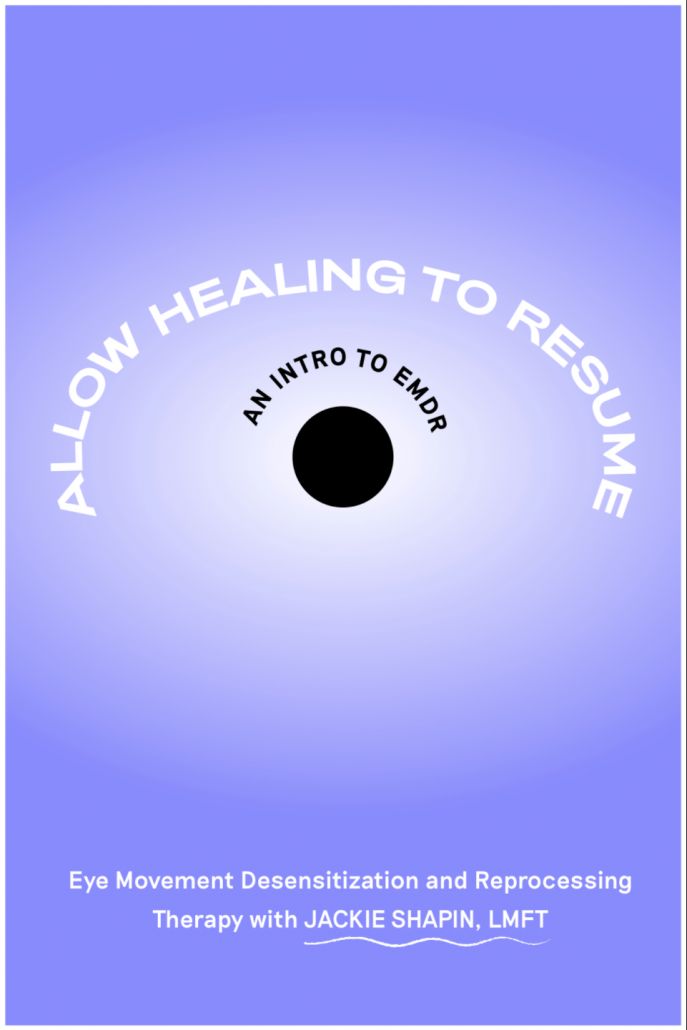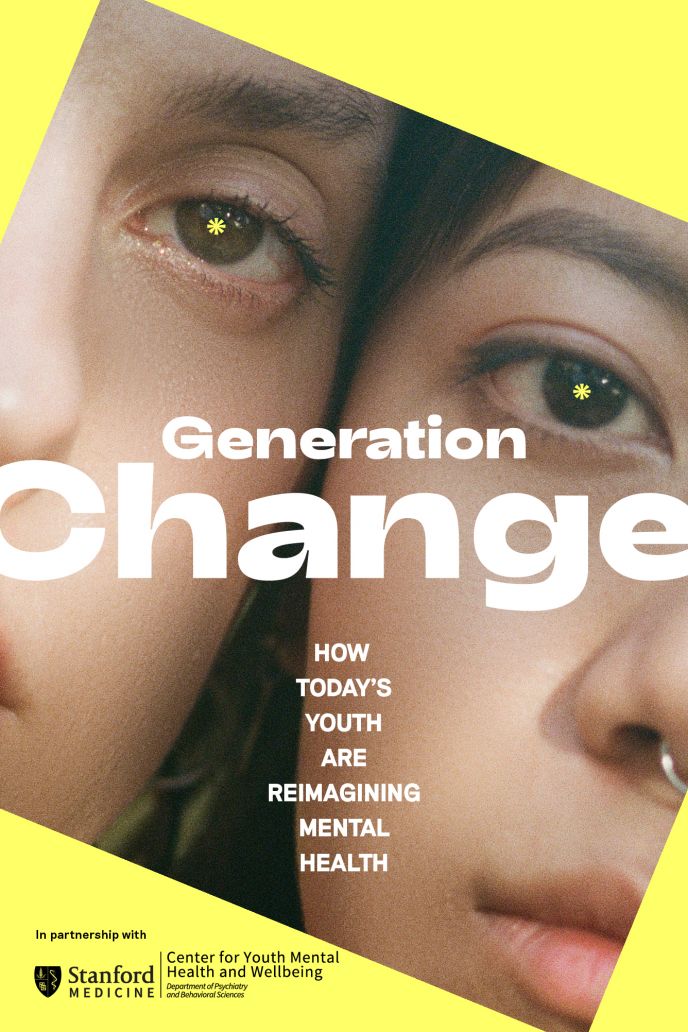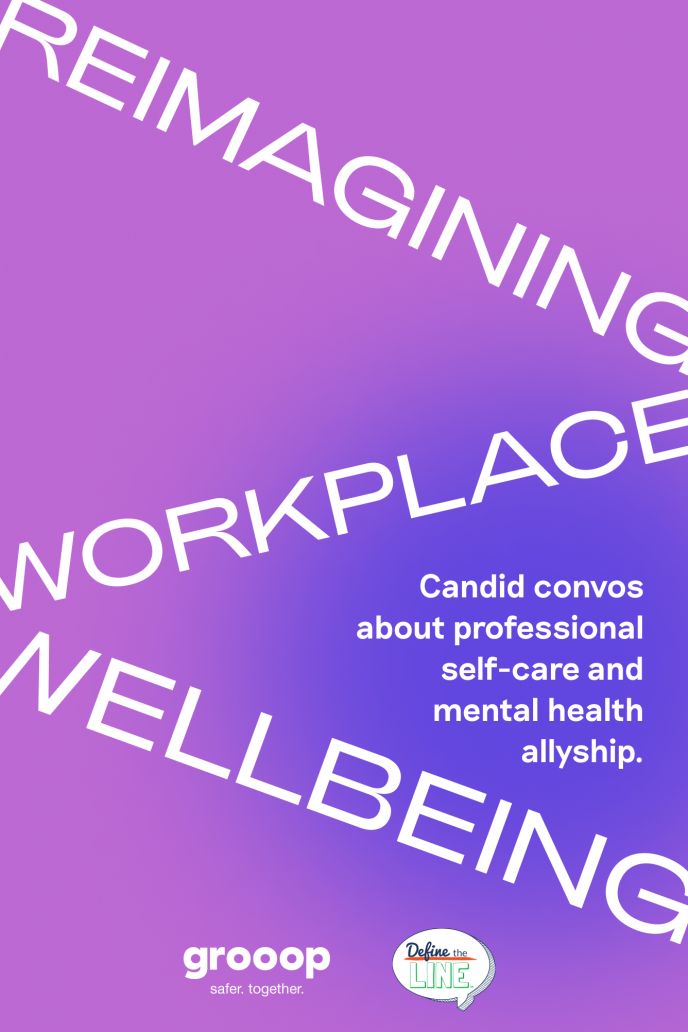Resilience in Togetherness: An Interview With Bruno Oliveira
We sat down with the artist to discuss escapism, navigating uncertainty, healing in community, and more.
Written by Esther Fernandez
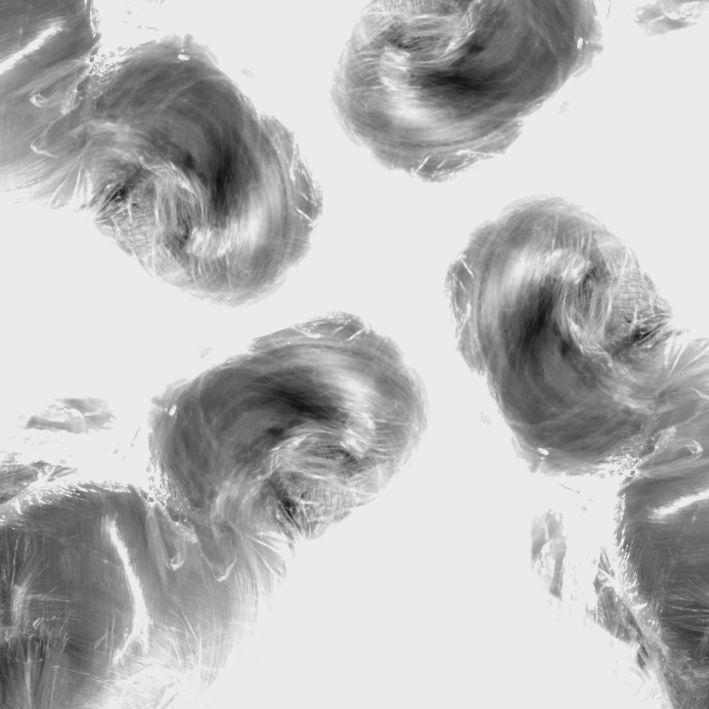
01 Bruno Oliveira is a visual artist located in San Francisco.
02 His debut exhibition, Resilience in Togetherness—Navigating Uncertainty Post Lockdown, explores themes of isolation, mental health, community, and queerness.
03 The exhibit will open at The SF LGBT Center on October 10, 2024 (World Mental Health Day) and will remain on view until November 14, 2024.
Hi Bruno. So excited to be chatting with you! Can you introduce yourself, and share what made you interested in art?
Hi Esther! It’s great catching up with you. I’m Bruno Oliveira, a visual artist originally from Brazil, now living in San Francisco. My journey into art began with a deep love for family albums. Growing up, I was fascinated by how images helped preserve my memories of events, and correct the stories I told myself. Over time, I became interested in exploring how we experience identity, history, and community through imagery. This led me to pursue photography and visual design as a means of understanding both myself and others.
Can you describe your own journey with mental health? What is your relationship between mental health and art?
Mental health has always been a central part of my life. Through creating, I can explore feelings of anxiety, stress, and disconnect in ways that are therapeutic not only for myself but also for others. My work allows me to reflect on my mental health journey and, in doing so, contribute to broader conversations about healing — particularly within marginalized communities.
For this exhibition, I’m focusing on the isolation brought on by the initial lockdown period during the pandemic. The photographs and digital art pieces I’m sharing allowed me to materialize what I observed in my own behavior and in reports from others. Art became a key outlet for processing difficult emotions and making sense of my inner world.
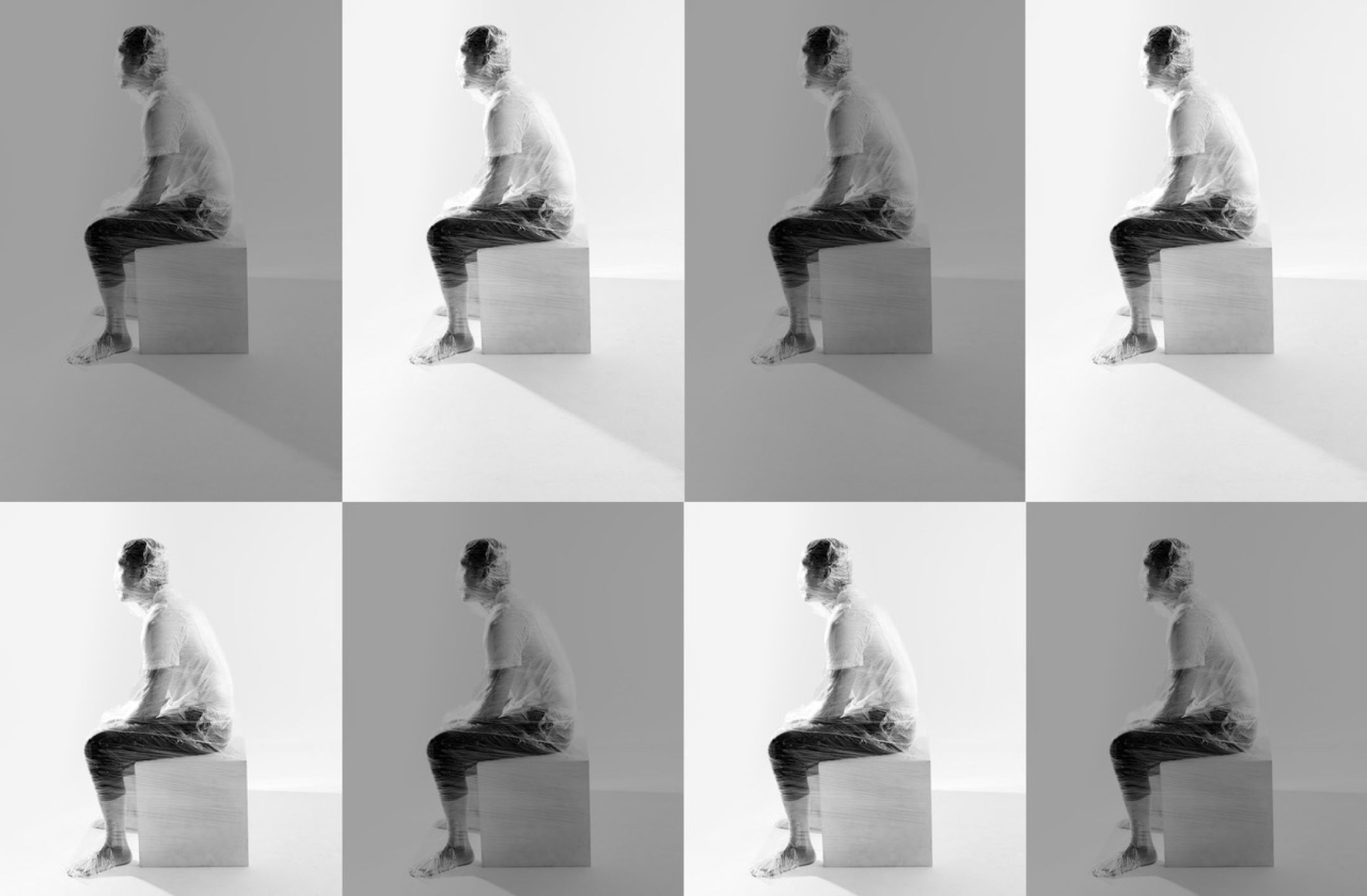
Let’s dive into your debut exhibition more. Resilience in Togetherness—Navigating Uncertainty Post Lockdown, comes in two parts. Part one, “The Thinker”, explores dissociation and escapism in relation to the pandemic. Can you explain why you decided to focus on these specific themes?
I think the pandemic made obvious the way people cope with change. When faced with such overwhelming experiences — an uncontrollable virus and social distancing from loved ones — many people turned to escapism. Whether it was through media, technology, or other distractions, everyone was trying to find a way to cope with the nature of that time.
“The Thinker” series captures the paralysis I felt whenever I tried to break free from these cycles of escapism. It explores the disconnection so many of us experienced from our bodies and communities during lockdown, and how that disconnection affected our mental health.
Your work draws from interviews with peers, mental health professionals, and data from the CDC and Pew Research Center. What was the interview process like? What lessons or conversations stood out the most?
The interview process was eye opening and deeply moving. Speaking with mental health professionals gave me a better understanding of the mental health crisis we were facing, while the conversations I had with my peers were more personal and subjective. What stood out to me for both was the shared sense of vulnerability. Regardless of race, gender, or socioeconomic background, many people missed in-person activities and struggled to adapt to asynchronous work and school.
One key lesson I’ve come to understand in the years since lockdown is that the communities around us act as mirrors, reflecting back who we are, and helping us understand ourselves more clearly. These connections are crucial during periods of distress, offering both perspective and a sense of direction. Isolation, however, strips us of that ability, and leaves us trapped in repetitive cycles.

How do you think society and individuals typically react to uncertainty? What has this project taught you about ways to deal with uncertainty in the future?
I think society tends to react to uncertainty by trying to control or escape it. We often distract ourselves, avoid difficult feelings, or try to impose order on what we don’t understand. This project taught me that while uncertainty is inevitable, facing it within a supportive community can make it more manageable. Being present, embracing vulnerability, and leaning on others for support are crucial ways to navigate uncertain times. It’s less about eliminating uncertainty and more about learning to move through it with resilience.
Wow. I love that so much — moving through it with resilience.
The second part of your exhibition, “Alleles in Flow”, explores recovery and community in relation to being queer. Can you share what drew you to the performance artist you feature?
“Alleles in Flow” is a collaboration with Miraaj, a performance artist whose work speaks deeply to themes of embodiment and balance. What drew me to Miraaj was their ability to blend masculine and feminine energies in their performances, which resonated with my own exploration of identity. They bring spirituality and beauty into everything they are involved in, especially their performances. Our work together celebrates the complexity of identity and the healing that comes from embracing all parts of who you are.
Why do you think the topic of mental health and community is important for LGBTQ+ folks in particular?
For LGBTQ+ individuals, mental health and community are closely intertwined. Many of us face unique challenges that take a toll on our well-being — discrimination, identity struggles, lack of support systems. Community offers a space where we can feel seen, heard, and understood. By creating these supportive networks, we can heal from the harm caused by a world that often doesn’t recognize our full humanity. That’s why mental health, allyship, and community are central themes here.
How did the queer community in San Francisco support your healing journey?
The queer community in San Francisco has been a lifeline for me. Coming into these spaces allowed me to rediscover parts of myself I had lost touch with during the isolation of the pandemic. I found acceptance, solidarity, and kinship in places like the SF LGBT Center, UnitySF, the SF Gay Men’s Chorus and even friends I’ve made in the Castro. These groups helped me rebuild a sense of belonging. Being surrounded by people who not only understood, but also celebrated, my identity was deeply healing. It reminded me that healing doesn’t happen in isolation — it’s something we do together.
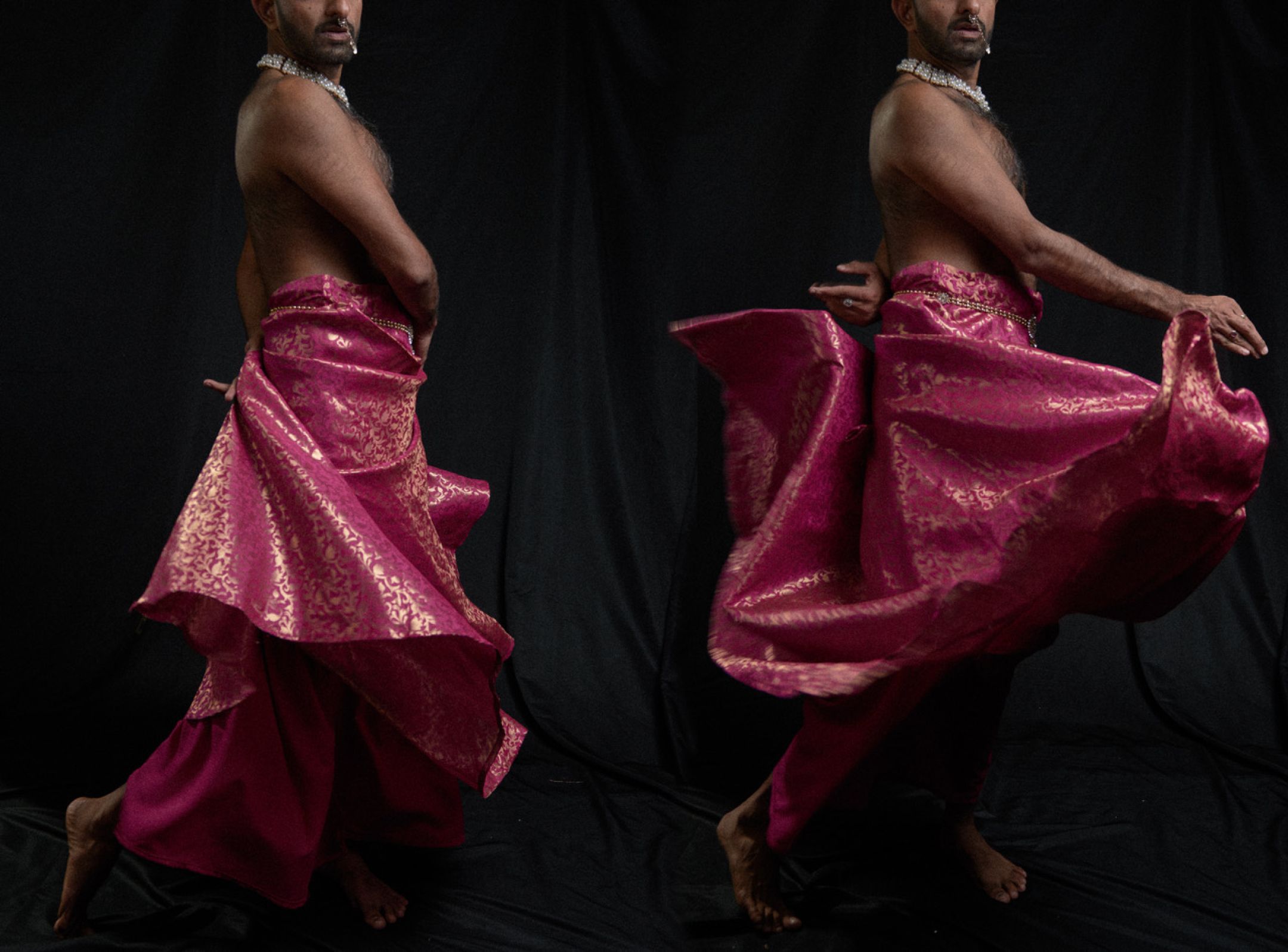
What do you hope people take away from this exhibit?
I hope people leave with a deeper sense of how community and connection can be powerful tools for healing. Whether it’s through understanding their own mental health struggles or seeing how important it is to support one another, I want people to walk away feeling that they aren’t alone in navigating uncertainty. Ultimately, I hope the exhibition inspires reflection on how we can build more inclusive, supportive communities where everyone feels a sense of belonging.
<>
Bruno can be found @bruno.cdeo on Instagram.
Resilience in Togetherness—Navigating Uncertainty Post Lockdown, will open at The SF LGBT Center on October 10, 2024 (World Mental Health Day) and will remain on view until November 14, 2024. To find out more, click here.
Support our work
We’re on a mission to change how the world perceives mental health.
